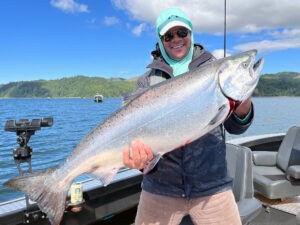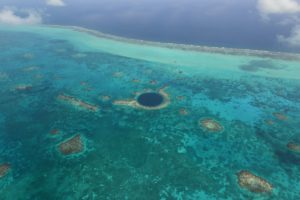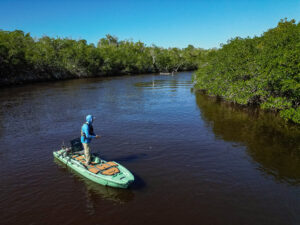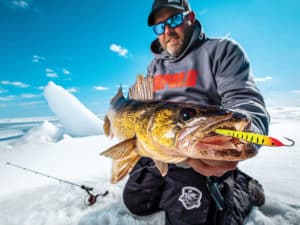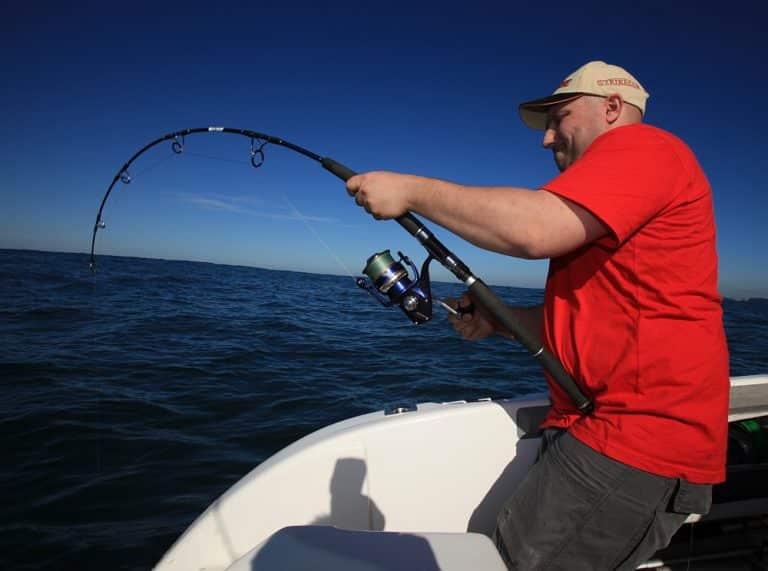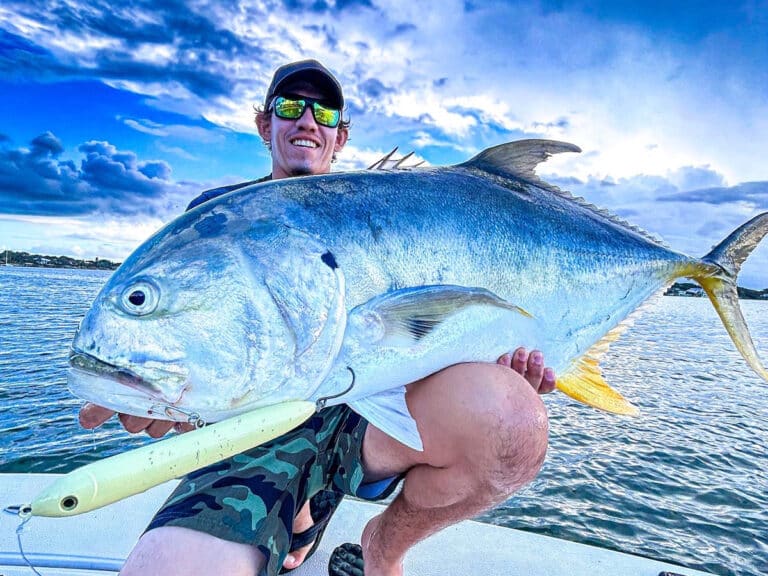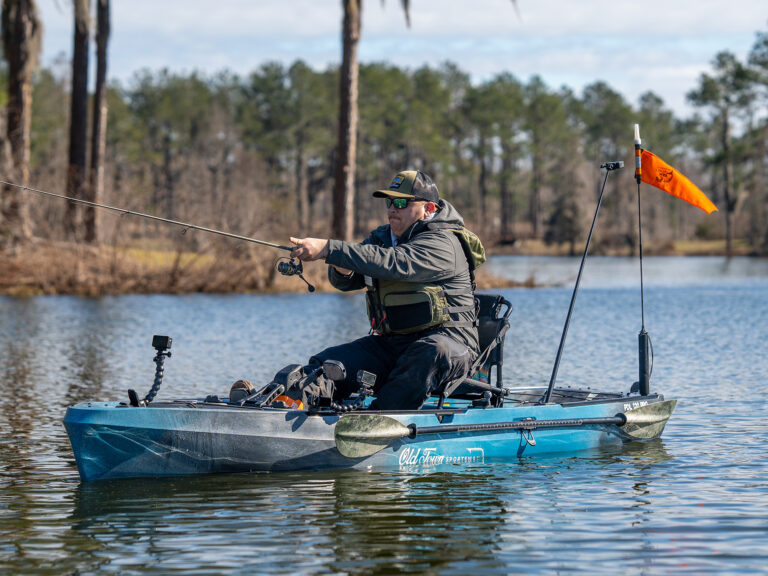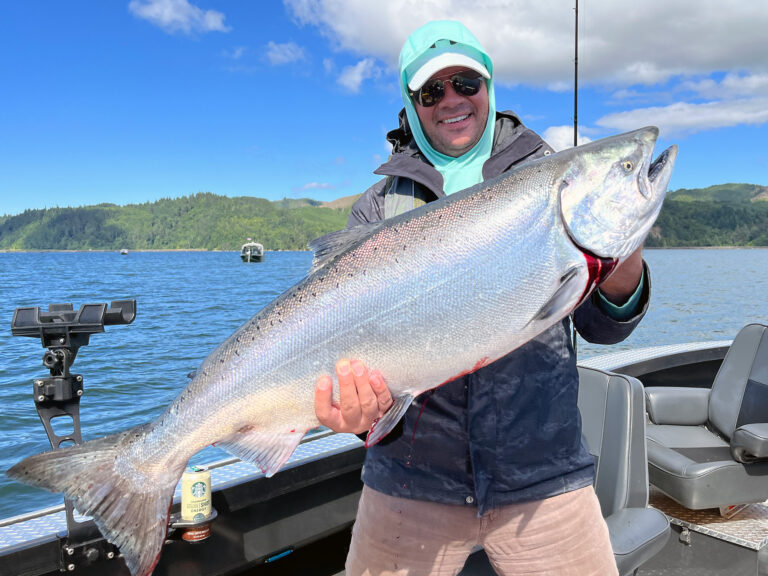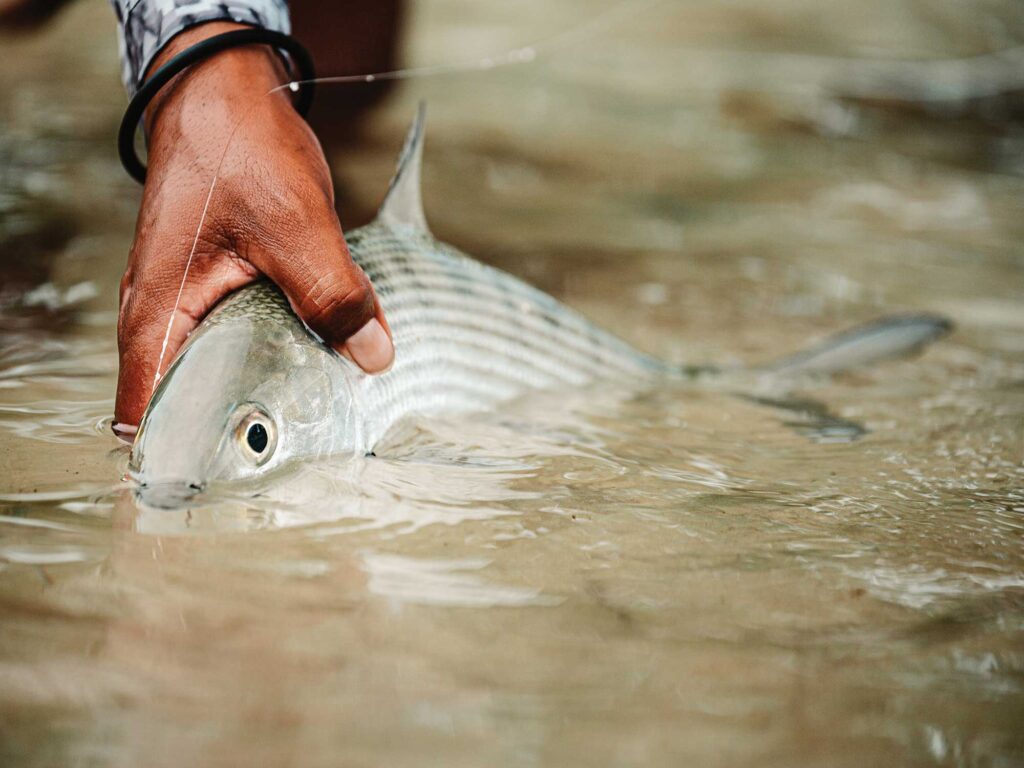
Recreational anglers started chasing bonefish on the Bahamas flats about 100 years ago. Once a novelty practiced by a handful of salty dogs, bonefishing has become accessible and popular, drawing tens of thousands of fishermen to the islands each year and pumping multiple millions of dollars into local economies. Here’s how it started—and how it’s going.
1950s: As sport fishermen started flocking to the Bahamas in the early to mid-20th century, the focus was on offshore species. On days when the weather kept offshore boats in port, those anglers weren’t content to simply wait out the weather. They wanted to fish. So, they hit inshore flats that teemed with bonefish. Back then, bones weren’t too tough to trick. Their blistering runs were epic, and catching them on light tackle was fun—so fun that soon bonefish were no longer a backup plan but a primary focus.
Late 1970s: During a late 1970s trip to the Bahamas, Californian Bob Nauheim added a set of bead chain eyes to the underside of a fly’s hook shank, which caused the hook point to ride up. The pattern worked so well that famous guide Charlie Smith dubbed it “nasty,” and eventually the name morphed into the Crazy Charlie.
Early 1940s: Early flats fly anglers used the tools of the time. That meant slow-action bamboo (and later fiberglass) rods, silk lines and gut leaders. Even in expert hands, the gear was less than ideal for taming strong, fast saltwater fish. The invention of smooth-casting, durable plastic fly lines and monofilament leaders and tippets in the early 1940s was a major upgrade.
1980s: In the early days, most visiting anglers reached the islands via boat. The advent of regular flights to the islands became far more cost-efficient compared to fueling up a boat for the crossing from Florida.
1990s: Once upon a time, researching Bahamas fishing meant digging through magazines and books, and making phone calls to fly shops and fishing-travel companies. Today, a huge and still growing amount of fishing information is just a few clicks away.
For do-it-yourselfers, the amount of intel out there borders on overwhelming, from message-board discussions to high-res satellite imagery. According to Tom Karrow, author of the forthcoming book Ghost Stories: A History of Flats Fishing in the Bahamas, “There are no more secrets.”
2015: As bonefishing’s popularity exploded, Bahamian officials came to realize that the resource needed more formal protection. That included banning the netting and selling of bonefish, once most prized not as a sport fish, but as bait when trolling offshore.
2016: The Bonefish & Tarpon Trust reports that about 59,000 of the 1,482,000 stopover visitors, or 4 percent, spent one or more days fishing for bonefish.

